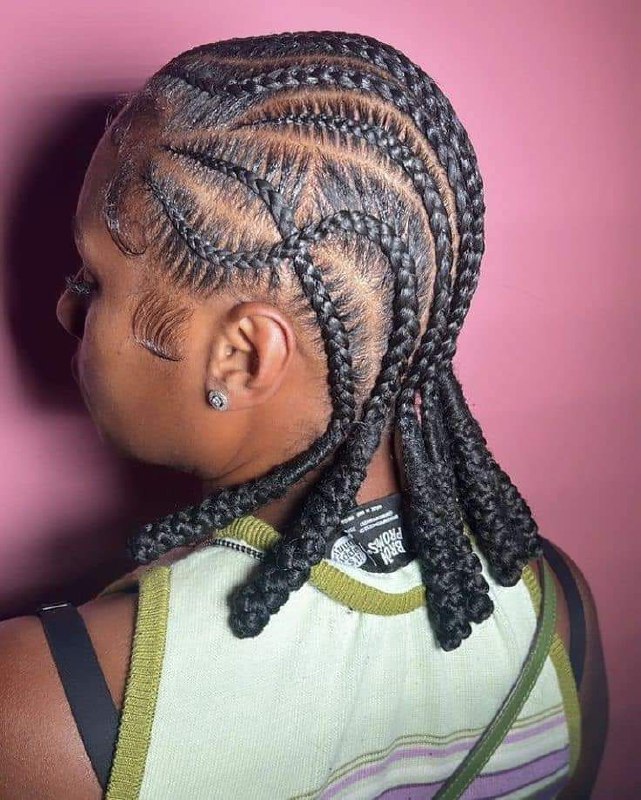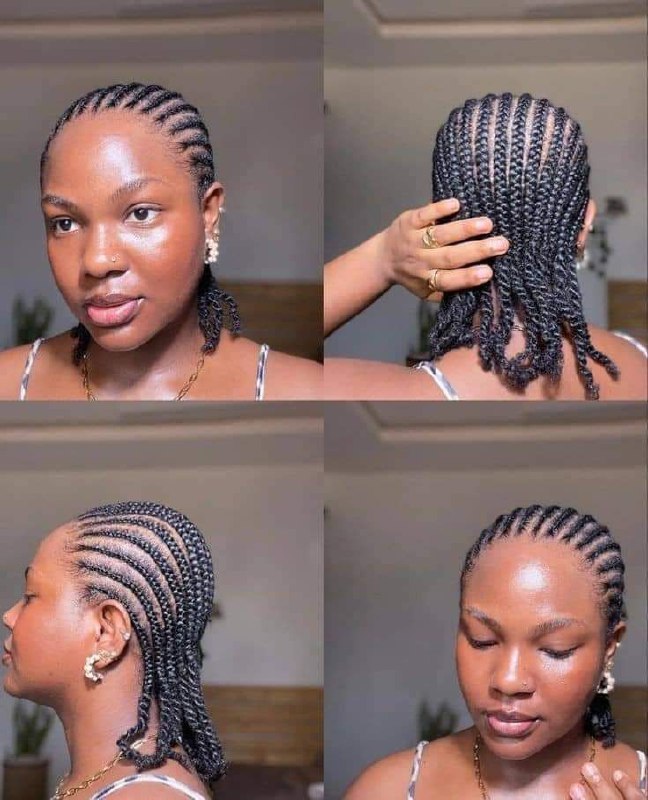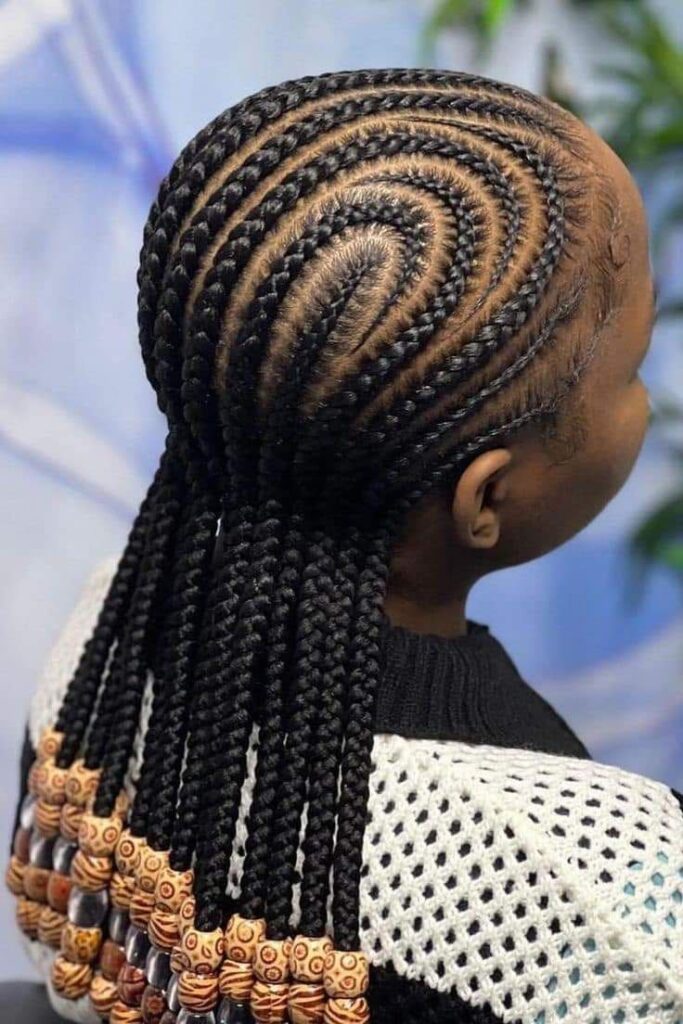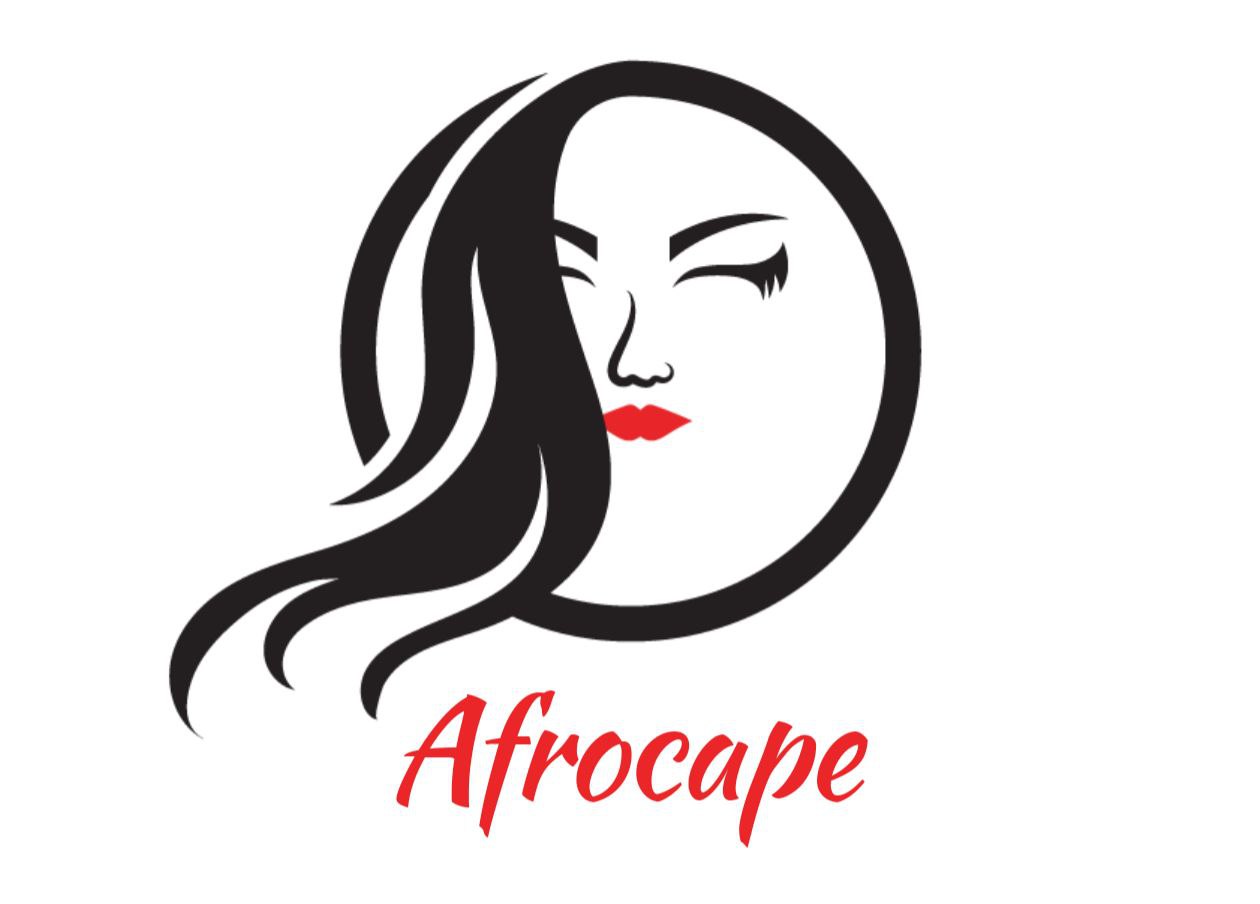Introduction:
African hairstyles are more than just fashion; they represent a celebration of culture, history, and identity. The variety and depth of these haircuts communicate a message that extends beyond aesthetics. In this research, we will dig into the vivid tapestry of African hairstyles, discovering its cultural importance, historical background, and current evolution as complicated and exquisite forms of self-expression.
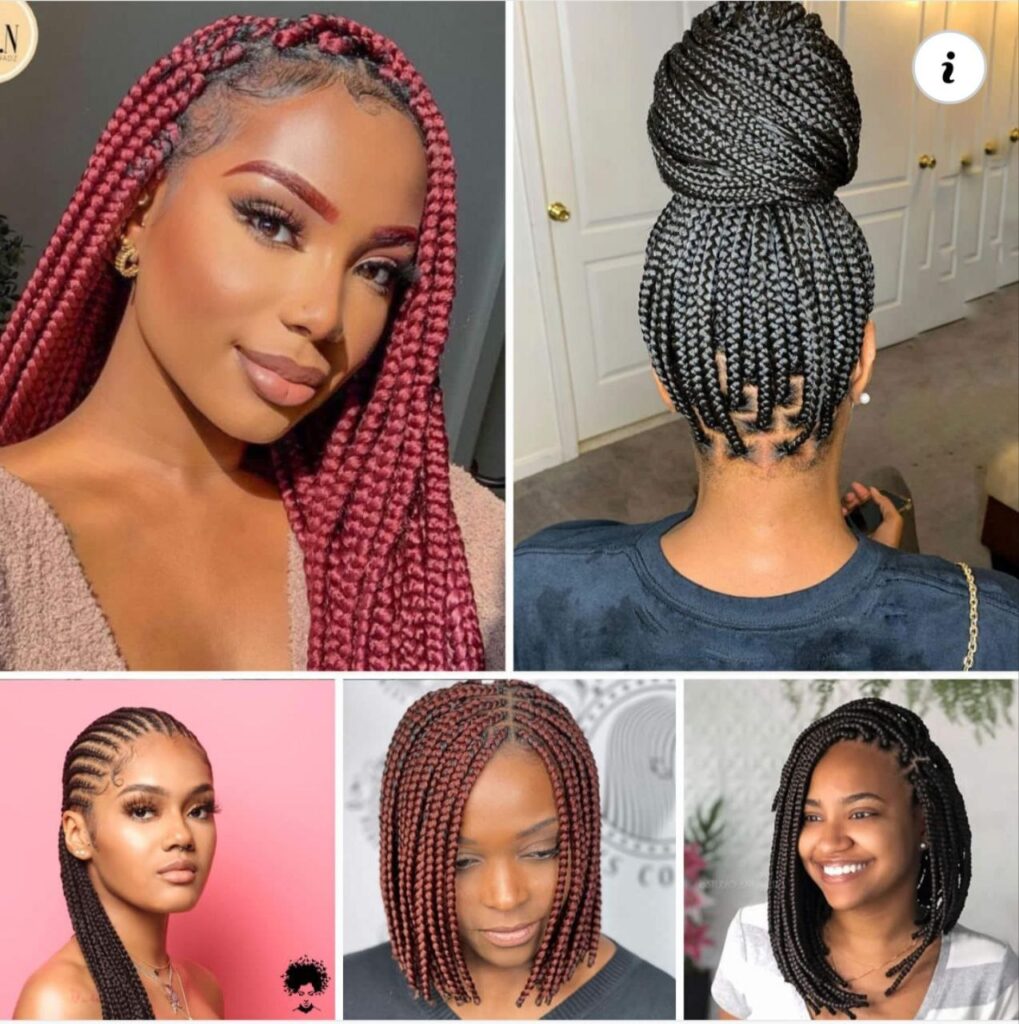
Historical roots:
African hairstyles have a long and rich history that reaches back generations. Hair style has long had a strong connection to cultural rituals, social prestige, and even spirituality. Hairstyles were utilized by ancient African tribes to indicate a person’s age, marital status, and even their function in the community. Intricate braids, twists, and knots were not just for aesthetics but served as a visual language, delivering a lot of information about the person.
Symbolism and Significance:
Each haircut in Africa has its own symbolism and significance. For example, the Maasai people of East Africa are well-known for their ornate beaded hairstyles, which not only reflect themselves but also represent significant life events and milestones. In West Africa, Fulani women decorate their hair with elaborate designs and decorations that express their cultural identity and social standing.
Furthermore, hairstyles have played an important part in rites of passage. A change in hairdo is often used to indicate a shift in duties and societal roles as a kid grows into an adult. These practices vary by location and community, demonstrating the great diversity of African civilizations.
Traditional Techniques & Tools:
The skill of styling African hair requires knowledge of ancient techniques and the use of particular equipment. Braiding, twisting, and threading are among the most prevalent techniques passed down through generations. Cultural standards, personal tastes, and the occasion are frequently used to guide style decisions. Historically, natural materials such as clay, beeswax, and plant-based colors played an important part in styling, adding to the individuality of each hairdo.
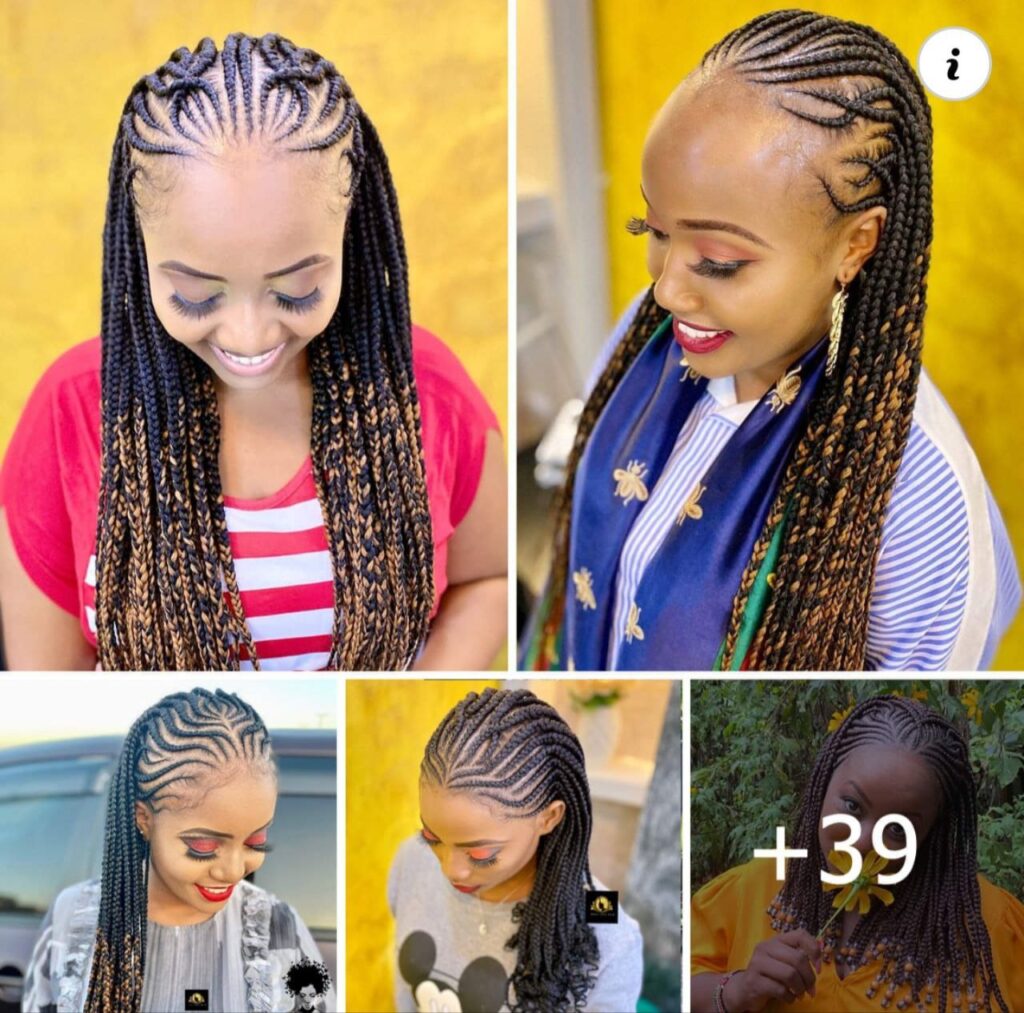
Modern evolution:
While traditional hairstyles are strongly ingrained in African culture, the contemporary period has seen a remarkable shift in how individuals approach hair styling. Urbanization, globalization, and the impact of popular culture have resulted in a blending of traditional and modern components. Today, you may discover a stunning combination of historical traditions and current inventiveness, resulting in hairstyles that bridge the gap between the past and the present.
African hairstyles have received global recognition and respect, with many people throughout the world admiring and enjoying their beauty. Social media platforms are an effective tool for sharing and exhibiting these various hairstyles, generating a sense of pride and connection among the African diasporas.
Challenges & Celebrations:
While African hairstyles are admired for their beauty and cultural significance, they have also encountered difficulties, notably in the context of cultural appropriation. The fact that non-Africans have adopted these haircuts without recognizing or appreciating their cultural roots has spurred crucial discussions on the need of cultural sensitivity and appreciation. It is critical to appreciate and respect the cultural background of these hairstyles, viewing them as more than merely a fad.
Empowerment and identity:
African hairstyles are a strong means of self-expression and empowerment. For many people, styling their hair is more than simply a beauty routine; it’s a means to reconnect with their roots, proclaim their identity, and honor their ancestry. In recent years, there has been a rising movement pushing for the acceptance of natural hair textures and styles, questioning Eurocentric beauty norms, and promoting a broader concept of beauty.
Conclusion:
Exploring the complex tapestry of African hairstyles reveals a deep relationship between aesthetics, culture, and identity. Each strand of hair tells a tale, from the historical roots that inspired these hairstyles to their present evolution and problems. African hairstyles celebrate variety, resilience, and the timeless beauty of traditions that flourish in the ever-changing world of self-expression. While admiring the beautiful patterns and designs, let us also acknowledge the cultural traditions and stories woven throughout each hairdo, which make them a genuine crowning jewel.
